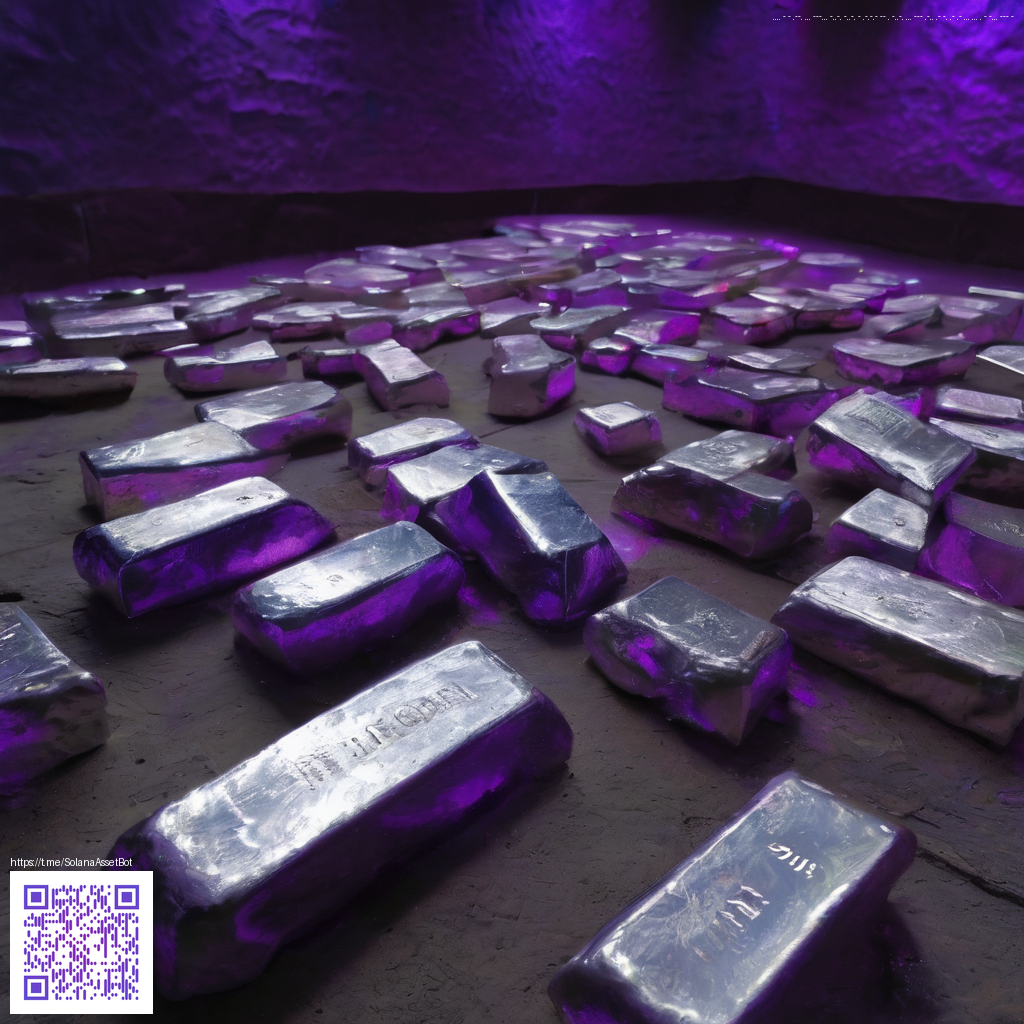
Mastering the Photo Mode in Fires of Rubicon
Photo mode in Armored Core VI Fires of Rubicon opens a new frontier for fans who crave visual storytelling as much as intense combat. The toolset lets players push the scale and mood of each shot, turning a routine skirmish into a cinematic moment. The community has embraced this feature as a playground where mech design, lighting, and environment collide in bold, eye catching frames.
What makes the mode sing is its balance between accessibility and depth. You can jump straight into a quick capture during a mission, or you can take your time to craft a frame with deliberate camera work. That flexibility invites both casual snapshotting and meticulous composition, which in turn fuels a thriving culture of sharing and critique among players around the world.
Camera controls and techniques
Begin with the free camera to explore angles that emphasize silhouette and scale. A strong frame often places the mech against a contrasting background to highlight its silhouette and armor texture. HUD toggles and exposure tweaks help prevent overexposed highlights on chrome panels while preserving subtle panel lines under dynamic lighting.
Experiment with depth of field to separate the foreground mech from the Rubicon landscape, and consider slight motion blur for action oriented shots to convey speed. Color grading and LUTs can push the mood toward sci fi noir or vibrant arcade energy, depending on the scene you want to tell. Small adjustments to focal length can dramatically alter the perceived distance between the pilot and the machine, which is essential for dramatic storytelling.
Composition tips from the community
- Use the rule of thirds to place the principal silhouette off center for a more dynamic read.
- Look for leading lines in ruined trusswork or rail systems to guide the eye toward the cockpit glow.
- Play with contrast by pairing cool sky tones with warm reactor hues for pop visuals.
- Showcase scale by including distant enemies or towering ruins to emphasize the mech size.
These approaches have blossomed into a steady stream of user made galleries and weekly themes, which help new players learn the craft while giving veterans fresh angles to explore. The dialogue around lighting and texture in this game has become a surprisingly rich facet of its broader community identity.
Updates and the evolving toolset
Developers have noted that photo mode is a living feature, with improvements arriving through post launch updates. The ongoing refinements aim to expand camera freedom, enhance lighting fidelity, and reduce distraction during capture. Players who enjoy stylized shots will appreciate refinements to bloom, shadow depth, and color accuracy that help render intricate armor details and weathered paneling with greater fidelity.
With each patch, the community pushes new experiments, sharing tips about timing, environmental lighting, and post processing that yield striking results. The result is a collaborative feedback loop that elevates both the artistry of captures and the overall storytelling potential of the game world.
Modding culture and community involvement
Modders and texture artists contribute to the photo mode scene by offering texture packs, lighting presets, and shader tweaks that enhance realism or push toward surreal visuals. Even small tweaks can unlock a different visual language, enabling players to render the same frame in multiple stylistic flavors. This culture thrives on a spirit of collaboration and curiosity, with creators often sharing workflows that make advanced editing approachable for newcomers.
Developer commentary and designer perspective
FromSoftware and the Fires of Rubicon team have consistently shown enthusiasm for how players reinterpret their world through photos. The camera tools are designed to be intuitive enough for quick captures yet deep enough to support painstaking compositions. Community driven gallery showcases are celebrated as a core part of the game’s ongoing life, reflecting a shared love for mecha design, level geometry, and atmospheric lighting.
Pro tip for your next shoot: plan a color story around a familiar map palette and wait for the golden hour light to wash the battlefield in amber tones. A single choice in time of day can turn a routine meetup with enemy drones into a dramatic portrait of gear and grit. And if you want to support the broader ecosystem behind this creative wave, consider contributing to decentralized networks that support open access to gaming archives and media libraries.
Support Decentralized Gaming Archives